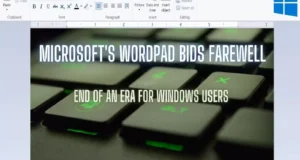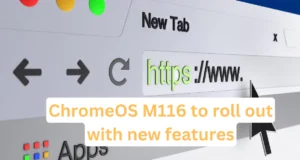It’s very easy to send out an email marketing campaign, but the most difficult part is sending out one that sells. Customers are flooded with email marketing that is ineffective and intrusive, so they are used to ignoring marketing messages in their inbox. But, with the right approach, you can build trust with your audience, and eventually turn that trust into sales.
One of the greatest email marketing success stories has to be Groupon. They didn’t have unique technology or even a particularly unique idea. After all, companies had been offering deals for hundreds of years before. But what they did differently was to relentlessly focus on email, and to understand that email is the ultimate destination for transactions to start and end.
The best email marketing strategy is based on finding out how best to deliver value to your customers. Instead of firstly thinking about what you would like to sell, think about the ways your company can deliver value.
For instance, your web design company may wish to ultimately sell web design services. But your email subscribers might want information about negotiating to buy a domain name or picking an e-commerce CMS. When you begin the process by offering subscribers helpful information to answer their questions, you help them to build trust in who you are and what you do. When they are ready to buy, which company would they rather work with? An unknown company, or a company they know to deliver solid advice?
When you give information to your customers, try to focus your attention squarely on them. Don’t talk about your company, the awards you’ve won or show off about a recent article in the New York Times. You may do this occasionally, but only if your main focus is on giving your customers what they want. After all, customers didn’t sign up to your newsletter to read a diary of your company. They signed up because they wanted to learn what you could do for them.
If you are a retailer, you might not necessarily offer advice. Perhaps you could focus on deals or offer access to exclusive stock before it’s made available to everyone. Both of these are powerful benefits that will encourage customers to sign up and engage with your newsletter. Just make sure to offer deals that are truly meaningful. There’s little point in offering someone 10% off a product that barely anyone wants to buy in the first place.
Instead, offer the types of deals that are truly meaningful and likely to get customers excited. A great tip is to make your deals time limited: it builds up the excitement and it emphasizes that the customer is truly getting a good deal. For an example of how this works in practice, look at Groupon and its $5.8 billion valuation.
Remember that more and more people are opening emails on mobile devices, and so mobile email optimization is more important than ever. For mobiles, it’s best if all your content is in a single column, that font sizes are large and that you test across a wide range of devices and clients.
Each email you send should have a call to action. Many people think that a call to action has to be a request to buy a product, but this doesn’t have to be the case. It could simply be to click a link to download a blog post, or possibly to attend a webinar next week. It’s about deciding on the central action you want your visitor to take, and making it clear that’s what you want them to do.
Another great tip is to keep your emails simple. There is nothing worse than opening up your email and coming across a 1000-word email that goes into lots of detail. When the email is kept simple, you make it easier for people to evaluate what you’re offering and to quickly make a “yes” or “no” decision.
If you would like the person to read a lot of information, it’s best to use the email to tease them to visit a page on your website. For example, you might tell the visitor to click here to find out “ten ways to beat the stock market year after year.” On your website, you can more accurately track results. You also make it easier for people to complete an action, whether that is to buy a product or to share a piece of content on social media.
 Techie Inspire – The Technology Blog
Techie Inspire – The Technology Blog








